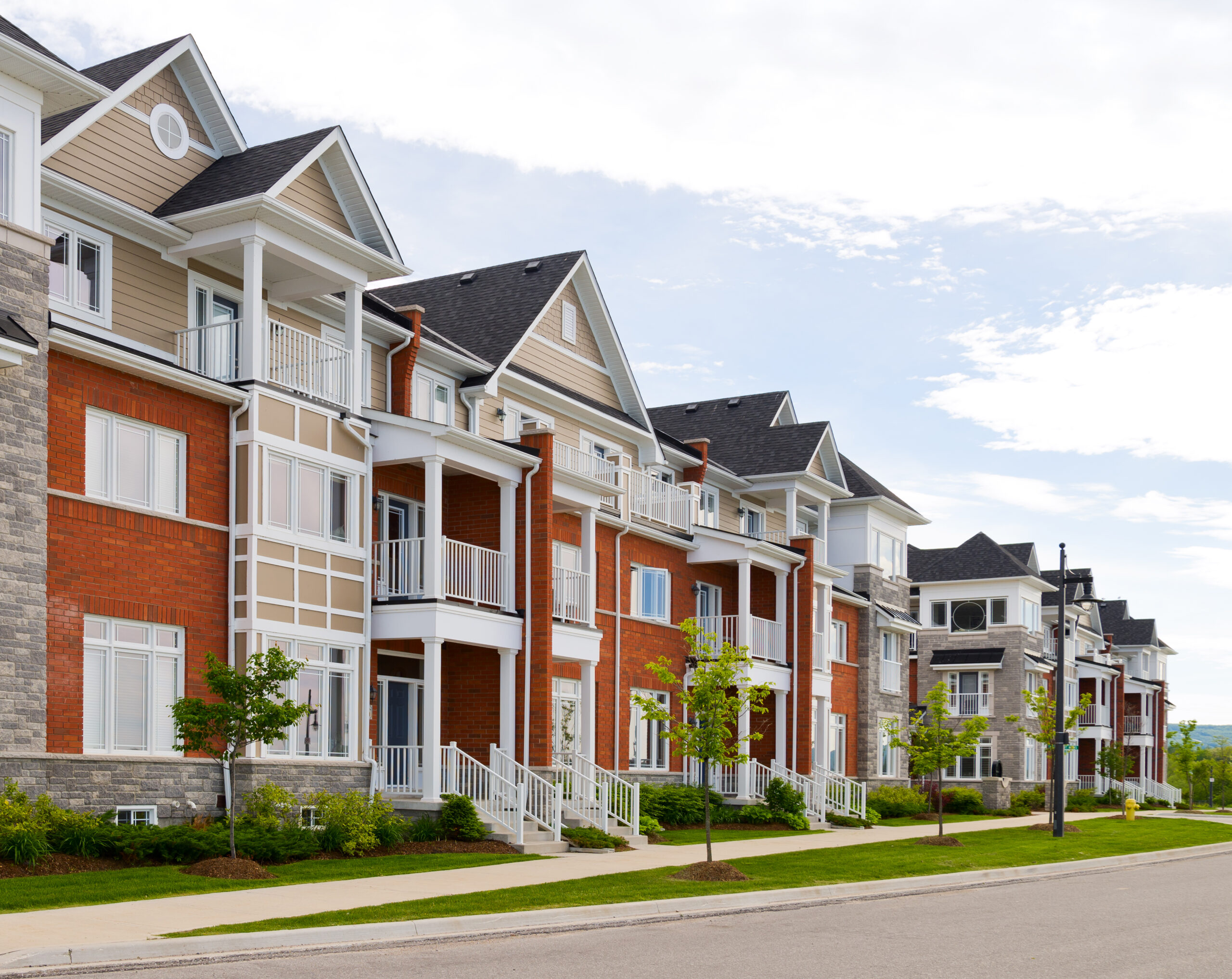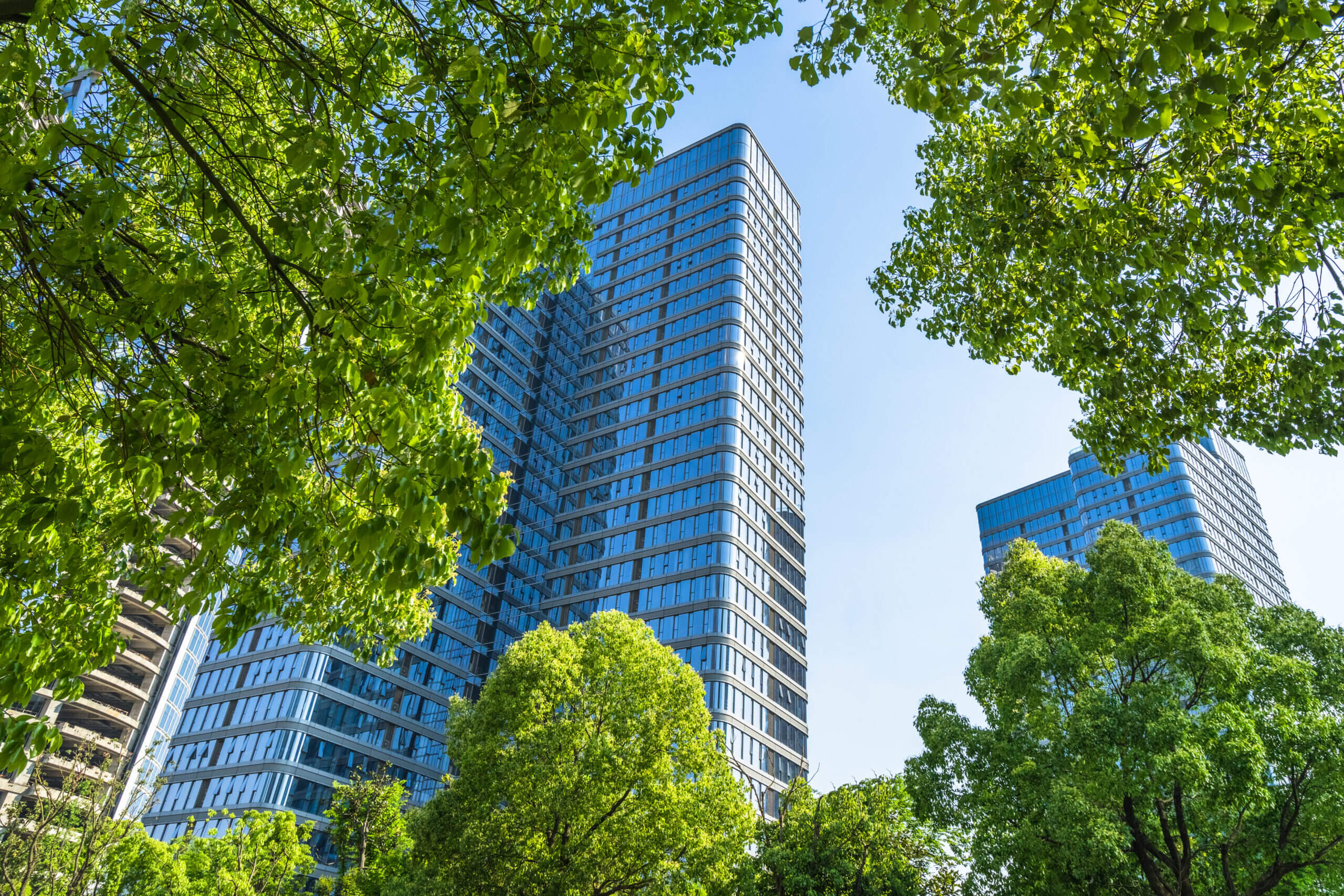
Federal Tax Incentives for Homebuilders & Building Owners Extended in COVID Relief Bill
February 3, 2021Amidst many economic stimulus measures in the recently enacted Consolidated Appropriations Act, 2021, are the following:
- Section 45L Tax Credit for Energy Efficient Homebuilders extended until the end of 2021
- Section 179D Tax Deduction for Energy Efficient Buildings made permanent
Section 45L
This tax credit is for developers of new single-family homes, townhomes, and apartments in buildings three stories or less. The credit is in the amount of $2,000 per qualified dwelling unit. The primary requirement is to demonstrate energy savings of 50% or greater compared to a dwelling unit built to the standards of the 2006 International Energy Conservation Code (IECC).*

A Residential Energy Services Network (RESNET) accredited professional such as a Home Energy Rating System (HERS) Rater must approve a dwelling unit as qualified. The process to qualify a unit involves energy modeling in software (typically during design) as well as rough and final stage inspections/testing during construction.
Most of the energy modeling software used for the tax credit can also be used to demonstrate compliance with local energy construction code. Reports generated from the energy modeling software can be submitted to municipality in lieu of a REScheck software report. The inspections to confirm compliance with the tax credit overlap with required inspections for energy construction code compliance.
By following the HERS Rating process, which includes all energy modeling and inspections for both the tax credit and energy construction code compliance, residential developers can streamline both efforts.
Legislation has been introduced in Congress to extend the tax credit beyond the end of 2021, while increasing both the requirements and the amount. Historically it has always been renewed and has remained in effect since it was first established in 2005.
*Please note there are different requirements and amounts for manufactured homes (e.g., trailers). This article does not discuss such homes but more information on them can be found here.
Section 179D
This tax deduction is for developers and owners of new and existing commercial buildings, as well as apartment buildings four stories or more. The deduction is up to $1.80 per square foot. It can be earned for the construction of new buildings or improvements to existing buildings. The requirement is to demonstrate energy savings of 50% or greater when compared to an ASHRAE Standard 90.1 baseline. As part of making the deduction permanent, it now requires the comparison to be made to the most recent version of ASHRAE in place two years prior to the start of construction.

Savings can be claimed based on the energy efficiency of the Envelope, HVAC and Hot Water, and Lighting systems. The total deduction is $1.80 per square foot, but partial deductions of $0.60 per square foot are available for meeting each category independently. In order to qualify for partial deductions a minimum savings is threshold is set for each category. You must achieve a minimum of 10% savings from envelope measures to take the partial envelope deduction, 15% savings from HVAC and Hot Water, and 25% from Lighting.
Separately, the deduction can be earned through the “Interim Lighting Rule” by lowering the overall lighting power density. All project teams installing high efficiency lighting should examine if they qualify for this credit because it is often achievable. This rule works on a sliding scale, offering up to $0.60 per square foot.
A licensed design professional must approve a building as qualified. The process to qualify a project involves energy modeling in software as well as onsite inspections. For a new building, the energy modeling software used for the tax credit can also be used to generate reports showing compliance with local energy construction code. The reports can be submitted to the municipality in lieu of COMcheck software reports.
Conclusion
While it may not always be cost-effective for every new home to qualify for the tax credit nor for every large building to qualify for the tax deduction, there are opportunities to leverage local utility company energy efficiency rebate programs to offset costs to qualify for both. This is because a) the efficiency requirements for the tax credit and deduction almost always exceed the minimum efficiency requirements of local utility rebate programs; and b) the local utility rebate programs almost always use the same energy modeling software and inspections used for tax credit and deduction.
There may also be opportunities to leverage financing from local Property Assessed Clean Energy (PACE) programs to qualify. Furthermore, the 179D tax deduction itself, along with any local utility rebate and PACE programs, can be used in furtherance of compliance with any applicable local laws or regulations for energy efficiency in existing buildings.